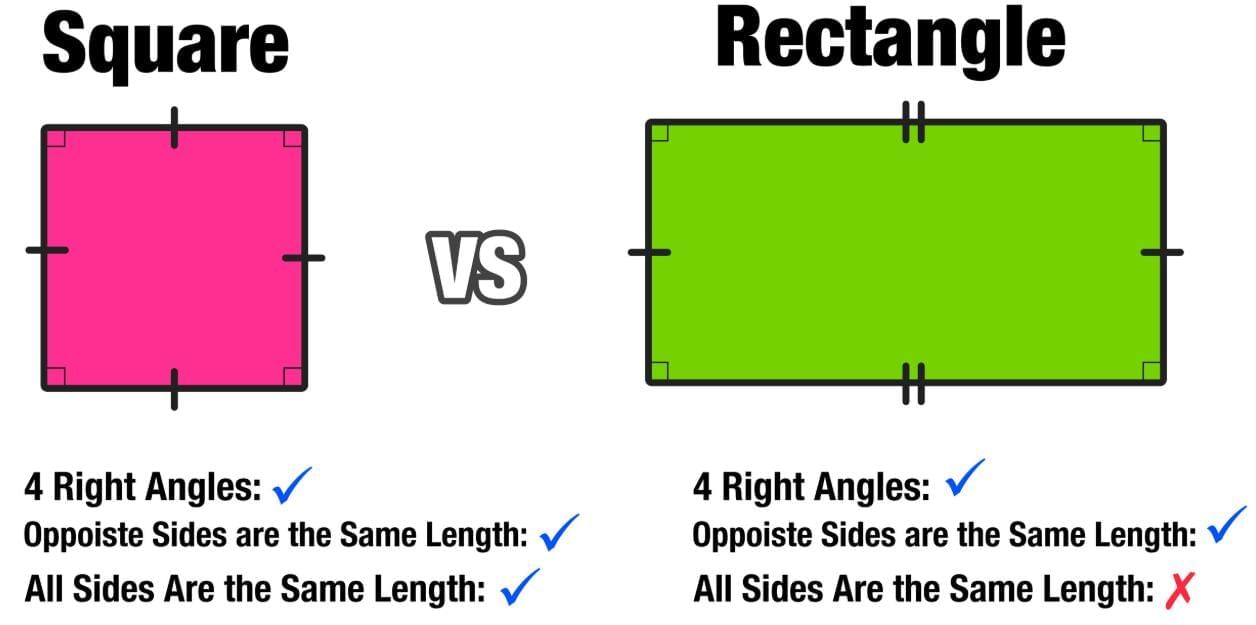Fun with Shapes Chapter Notes | Mathematics for Class 3 (Maths Mela) PDF Download
| Table of contents |

|
| Introduction |

|
| What Are Shapes? |

|
| 2D Shapes |

|
| 1. Rectangle |

|
| 2. Square |

|
| 3. Triangle |

|
| 4. Circle |

|
| Combination of Shapes |

|
Introduction
Shapes are all around us—in our homes, schools, and playgrounds. From the round ball you kick to the square tiles on the floor, shapes make our world colourful and exciting.
In this chapter, "Fun with Shapes," we’ll learn about different shapes, how they look, and how we can play with them.
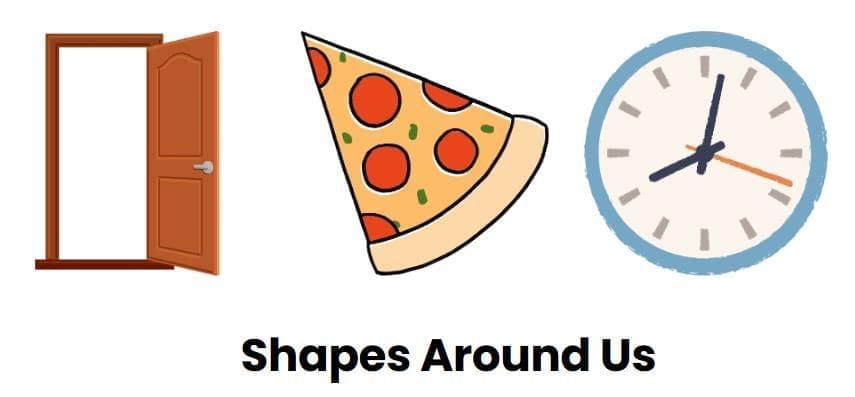
What Are Shapes?
Shapes are figures with specific outlines, like circles, squares, or triangles.
Shapes are basically of two types,
1. 2D Shapes: Flat shapes with length and width (e.g., circle, square, rectangle, triangle). 2. 3D Shapes: Solid shapes with length, width, and height (e.g., cube, cuboid, cylinder).
2. 3D Shapes: Solid shapes with length, width, and height (e.g., cube, cuboid, cylinder).
Now as we see,
Shapes are basically made of lines.
Straight lines make shapes like squares, rectangles, triangles, and diamonds.
Curved lines make shapes like circles, semicircles, and ovals.
Your Turn !
Look at Amma’s colourful rangoli.
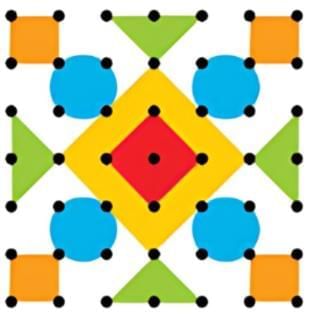
1. Count and write:
(a) How many circles are there?
 View Answer
View Answer 
There are 4 blue circles
Total circles = 4
(b) How many squares are there?
 View Answer
View Answer 
In Amma’s rangoli, we can count the squares:
1 red square in the middle (actually a square turned sideways)
1 yellow square around the red diamond
4 small orange squares in the corners
Total squares = 1 + 1 + 4 = 6
(c) How many triangles are there?
 View Answer
View Answer 
There are 4 green triangles (one on each side of the yellow square).
Total triangles = 4
2. How many shapes are made with:
(a) Curved Lines
 View Answer
View Answer 
4 (the 4 blue circles)
(b) Straight lines
 View Answer
View Answer 
9 (1 red square, 1 yellow square, 4 green triangles, 4 orange squares)
Now that we’ve explored Amma’s beautiful rangoli, we saw so many interesting 2D shapes — circles, squares, triangles — each with their own colours and positions.
Come, let’s start learning about 2D shapes — one by one!
2D Shapes
2D shapes are flat shapes that we can draw on paper.
They have only length and width (no height or thickness).
There are the following types of 2D Shapes
1. Rectangle
A rectangle is a flat shape with 4 sides.
It has opposite sides equal in length.
It has 4 corners, each making a right angle (90 degrees at the corner).
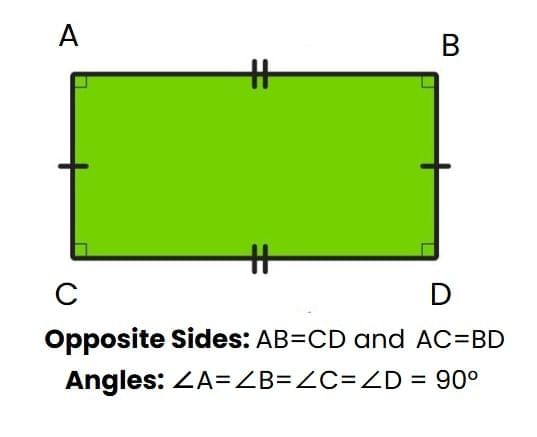
Properties of a Rectangle
Sides: 4 sides in total.
Corners: 4 corners (right angles).
Equal Sides: Opposite sides are equal in length.
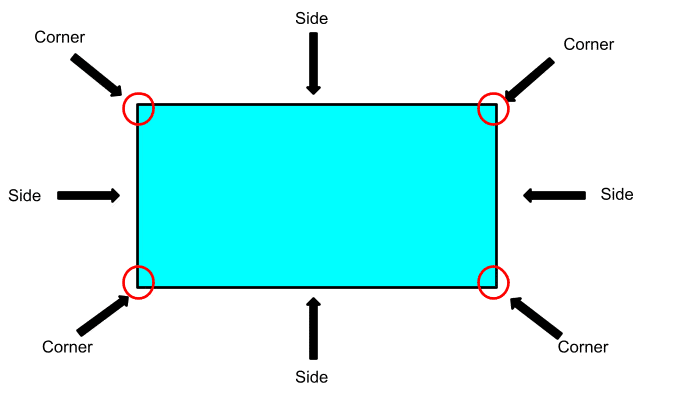
For Example,
Common objects that are rectangles include a blackboard, a TV screen, and a ruler.
These items are often found in our daily lives and have specific uses.
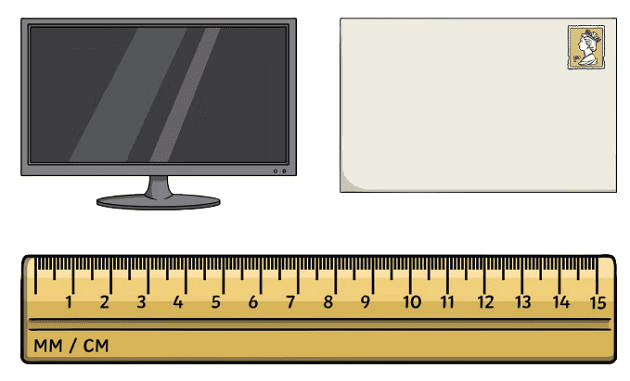 Rectangles Around Us
Rectangles Around Us
2. Square
A square is a flat shape with 4 equal sides.
All corners of a square are right angles (square corners).
It is a special type of rectangle because it has all properties of a rectangle, but also has all sides equal
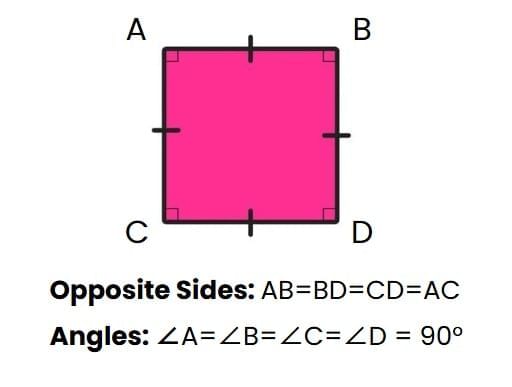
Properties of a Square
Sides: 4 sides, all equal in length.
Corners: 4 corners, each a right angle (90°).
Equal Sides: All four sides are the same length.
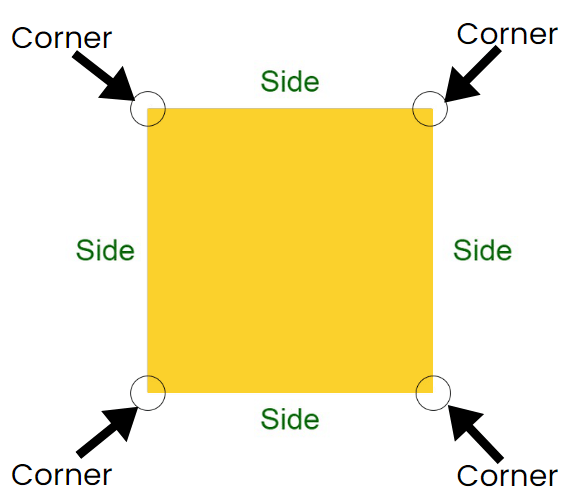
For Example-
Chess Board, Carrom Board , Clock
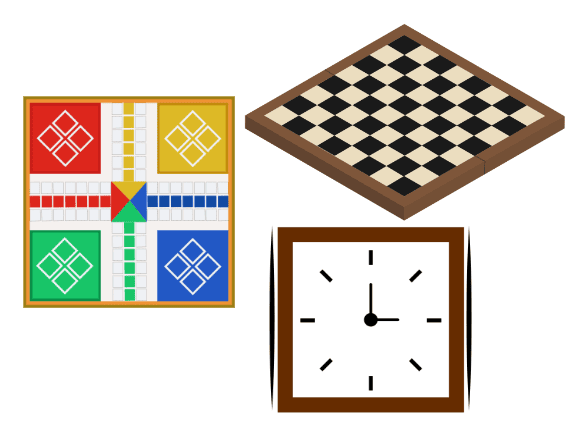 Squares around us
Squares around us
Similarities and Differences in Rectangle and Square
A rectangle and a square are both flat shapes with four straight sides and four corners.
In fact, a square is just a rectangle that has all its sides the same length!
Here’s what they share:
- Four sides
Both shapes have exactly four straight sides.- Opposite sides the same length
In each shape, the top and bottom sides match in length, and the left and right sides match too.- Four right-angle corners
Every corner in a rectangle or a square is a “right angle” (just like the corner of a book).- Remember:
Every square is a rectangle because it follows all these rules.
But not every rectangle is a square, since rectangles only need their opposite sides to be equal—not all four.
Your Turn!
Murugan made three squares with 10 matchsticks. How many squares can you make with 12 matchsticks?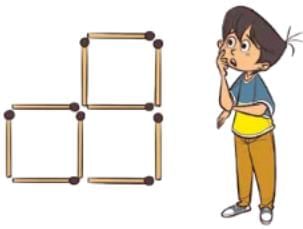
 View Answer
View Answer 
To make 1 square, you need 4 matchsticks.
But when squares share sides, you can make more squares with fewer matchsticks.
Murugan made 3 squares with 10 matchsticks by sharing sides.
If we have 12 matchsticks, we can arrange them in a line of squares sharing their sides.
With 12 matchsticks, we can make 4 squares in a row.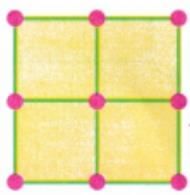
3. Triangle
A triangle is a flat shape with 3 sides.
It is the smallest possible closed shape made with straight lines.
A triangle also has 3 corners (called vertices) and 3 angles.
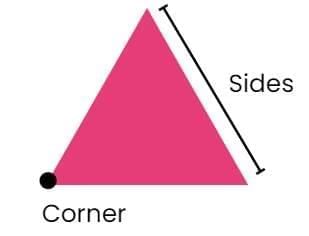
Properties of a Triangle:
Sides: 3 sides (can be equal or unequal).
Corners: 3 corners (vertices).
Angles: 3 angles (can be same or different).
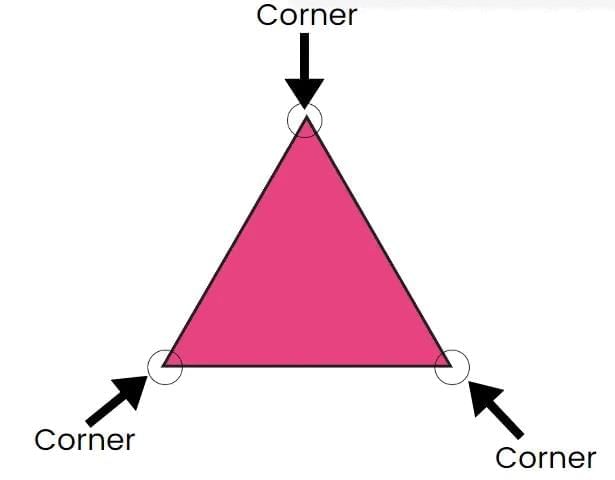
- For Example
Slice of Pizza, Pyramid, Slice of watermelon
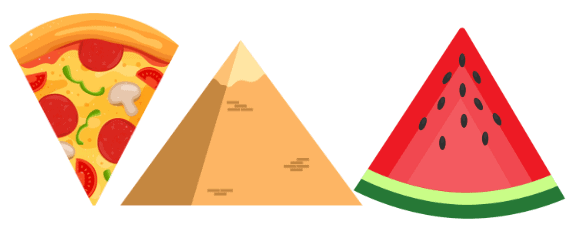
Triangles around usYour Turn!
Move two Matchsticks to turn the one triangle into two triangles.
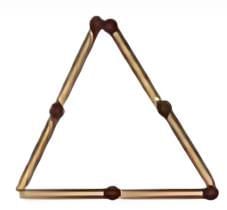
 View Answer
View Answer 
Ans: 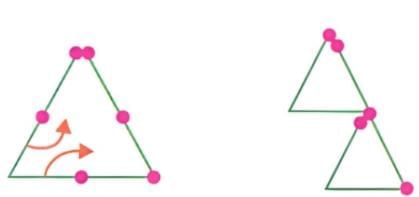
4. Circle
A circle is a round shape with no sides and no corners.
All points on the edge of a circle are the same distance from its center.
It is made entirely of a curved line.
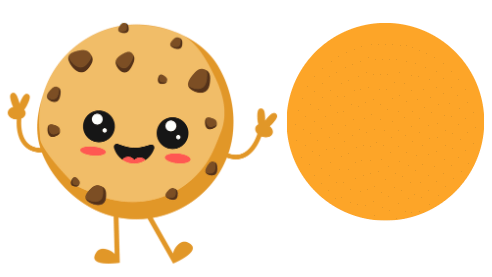
- Centre of a circle:
The centre of a circle is the dot in the middle that is the same distance from every point on the edge of the circle.
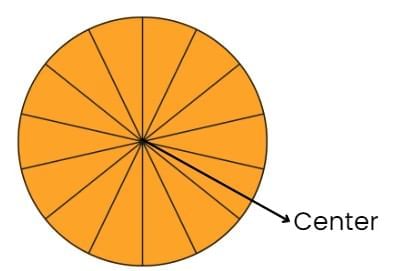
- Radius of Circle:
If you draw lines from the centre to the edge, they will all be equal in length. This distance is known as the radius.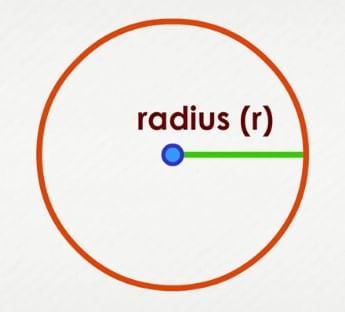
- Diameter of Circle:
The diameter is two times the radius and is the longest line that passes through the centre.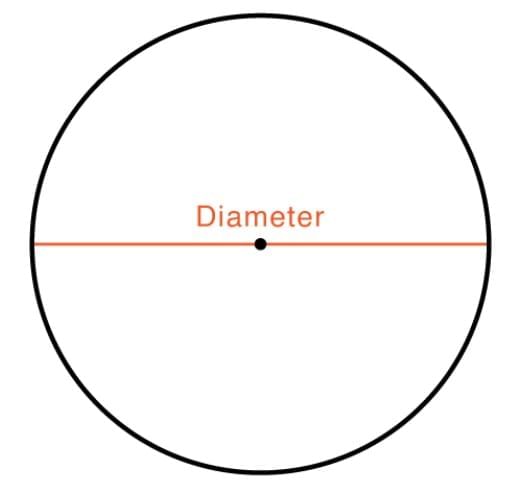
- Circumference of Circle:
The total distance around the circle is called the circumference.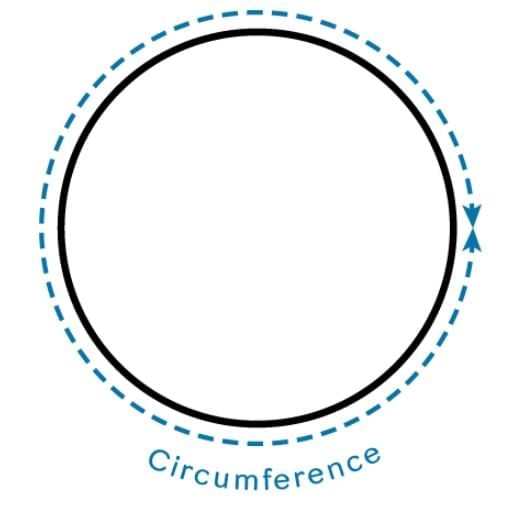
Combination of Shapes
We can make all sorts of things by combining different shapes creatively. Here are a few examples:
1. House: A house can be made using rectangles for the walls, a triangle for the roof, squares or rectangles for windows, and circles for doorknobs or windows.
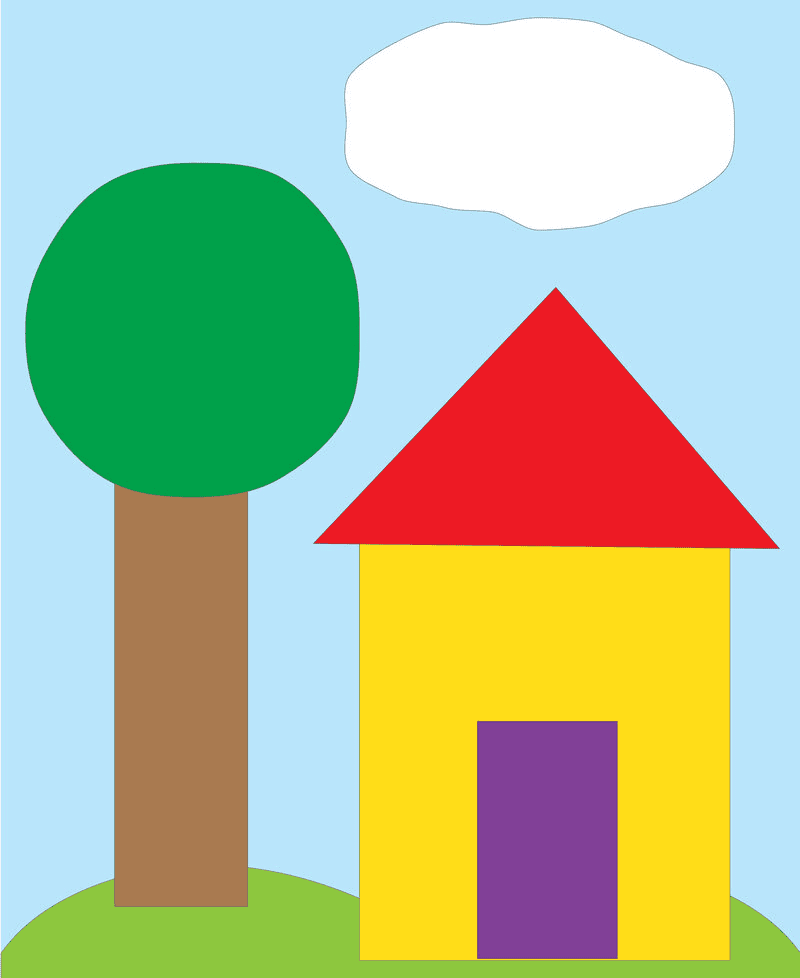
2. Car: A car might have rectangles for the body, circles for wheels, and triangles for headlights or the hood.
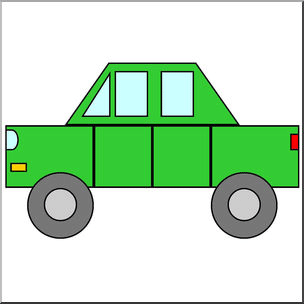
3. Tree: A tree can be made using a rectangle for the trunk, circles for leaves, and triangles for branches.
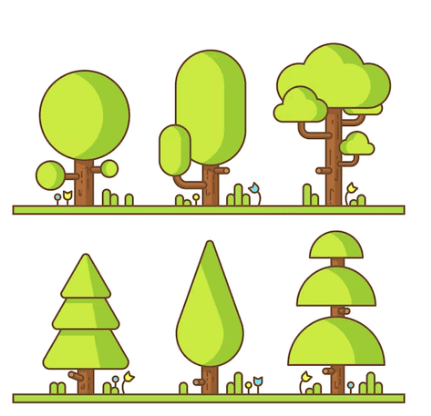
4. Robot: A robot could have rectangles for the body and limbs, circles for eyes or buttons, and triangles for decorations or parts of its design
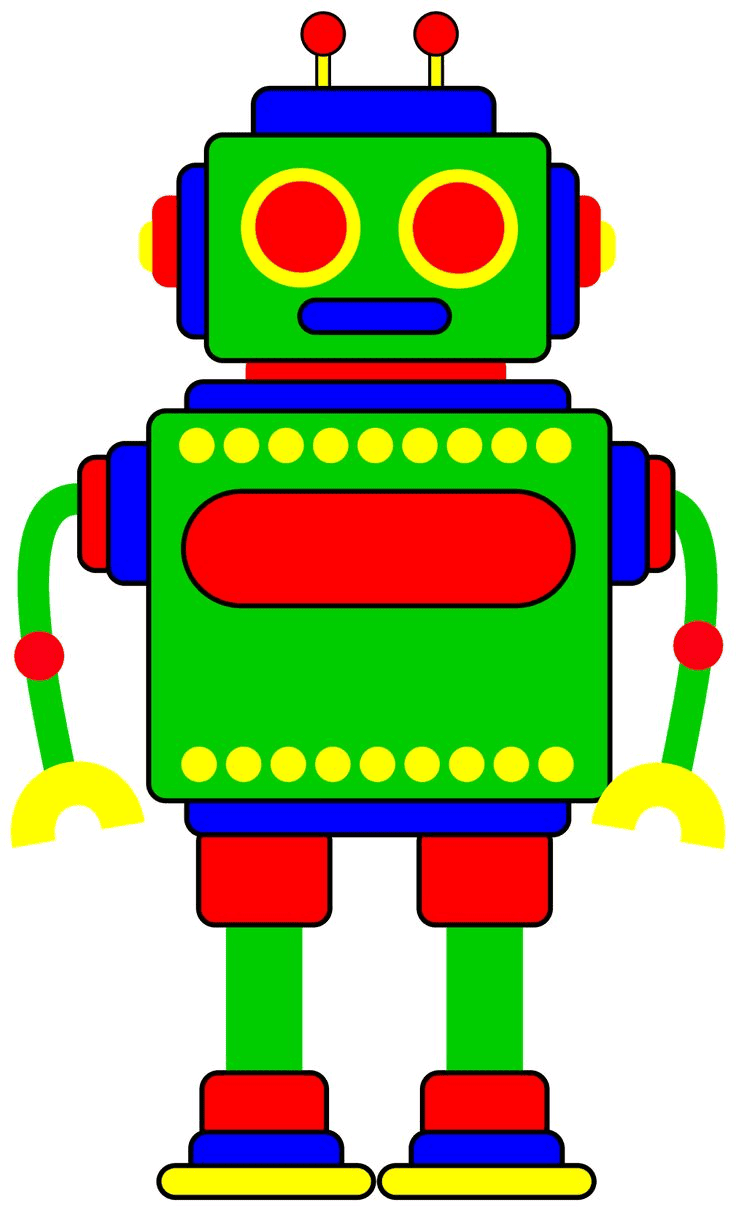
5. Rocket: A rocket might use cylinders for the body, cones for the top or nose, rectangles for fins, and circles for windows or portholes.

By combining shapes in different ways, we can create all sorts of objects, from everyday things like houses and cars to imaginative creations like robots and rockets! It's like putting together pieces of a puzzle to build something new and exciting.
Shapes can also have different angles, which are important for classifying them. For example:
- A triangle has three angles.
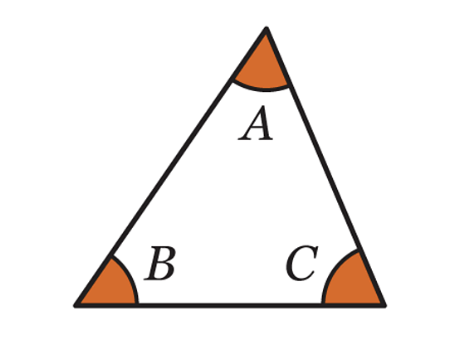
- A rectangle has four right angles.
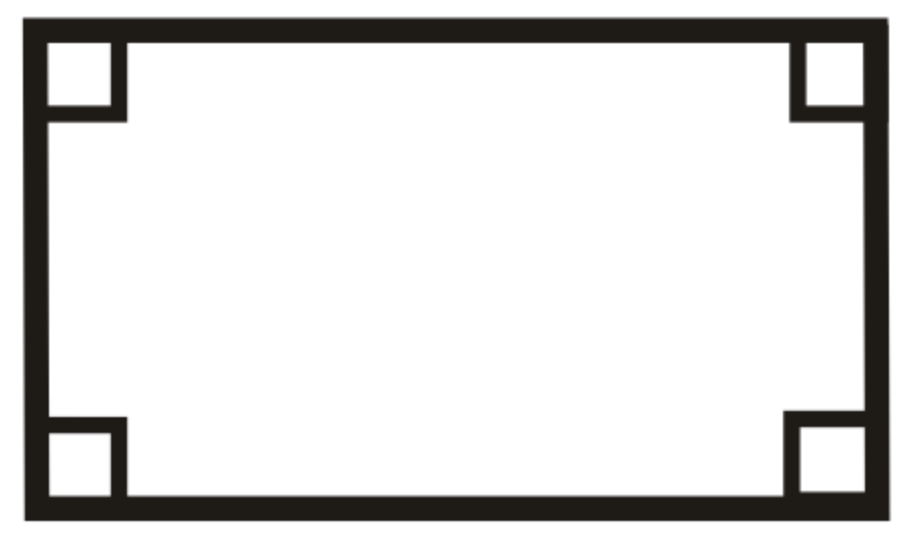
When you combine straight and curved lines in various ways, you can create all sorts of shapes like triangles, circles, squares, and rectangles. It's like using building blocks to create different structures!
|
26 videos|180 docs|28 tests
|
FAQs on Fun with Shapes Chapter Notes - Mathematics for Class 3 (Maths Mela)
| 1. What is the difference between a rectangle and a square? |  |
| 2. How are rectangles and squares similar? |  |
| 3. What is a circle and how is it different from rectangles and squares? |  |
| 4. How can various shapes be combined to create new shapes? |  |
| 5. What is a Tangram and how does it relate to shapes? |  |

